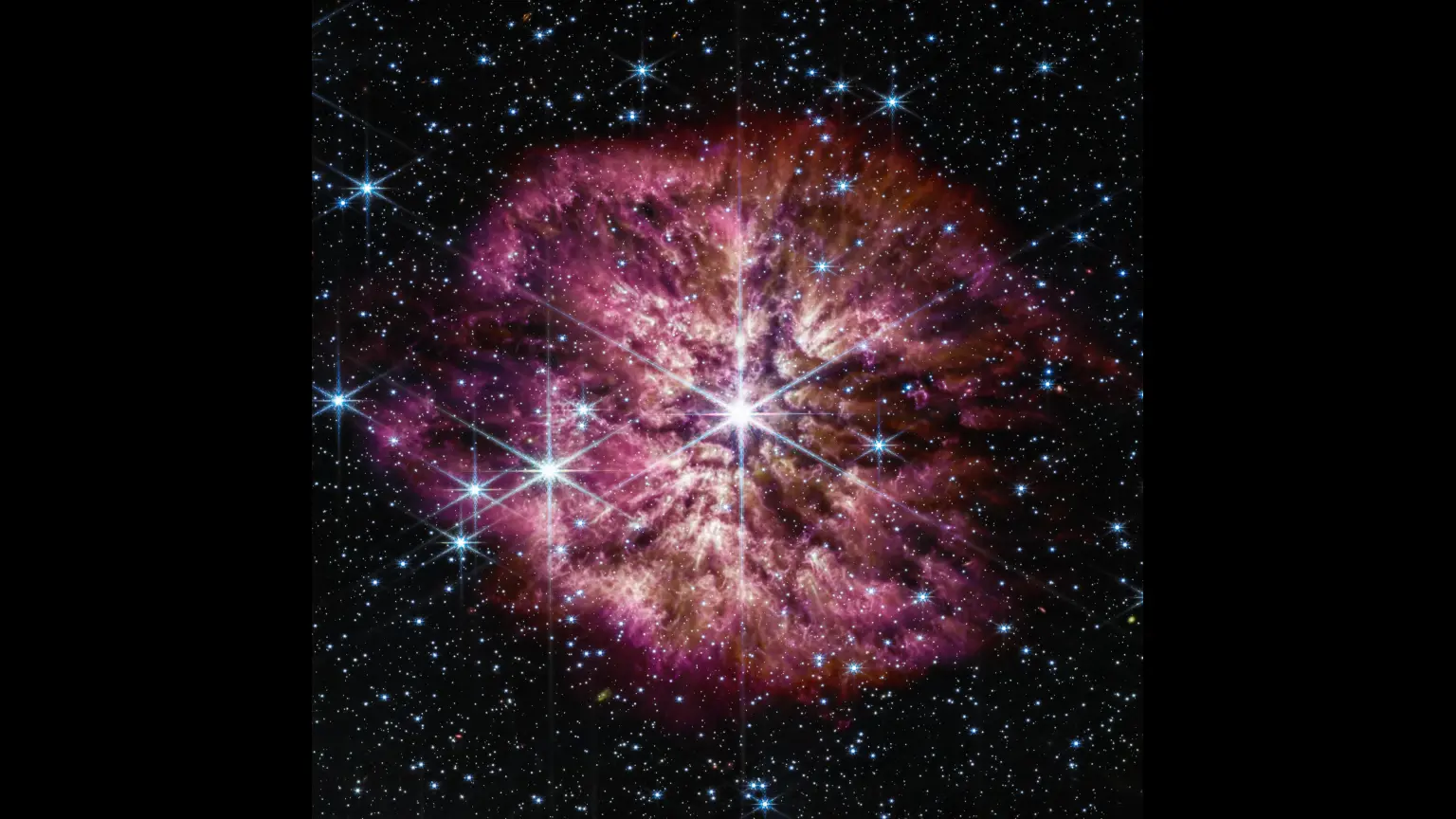
This beautiful JWST image of Wolf-Rayet star WR 124 has been called a “prelude to a supernova” by NASA. That might be entirely wrong.
- Among the hottest, most heavily-ionized stars in the Universe are Wolf-Rayet stars, which typically arise as massive stars evolve into the later stages of stellar evolution.
- It’s generally expected that these massive stars will end their lives in a spectacular supernova explosion, but no definitive Wolf-Rayet star/supernova link has ever been established.
- Although it’s likely that many Wolf-Rayet stars will eventually go supernova, the individual star, WR 124, touted as being a great candidate for a supernova explosion, may actually encounter a wholly different fate instead.
How do stars die? The astronomers’ mantra is “Mass determines fate.”

If you’re born with over 8 solar masses, you’re fated for a core-collapse supernova.
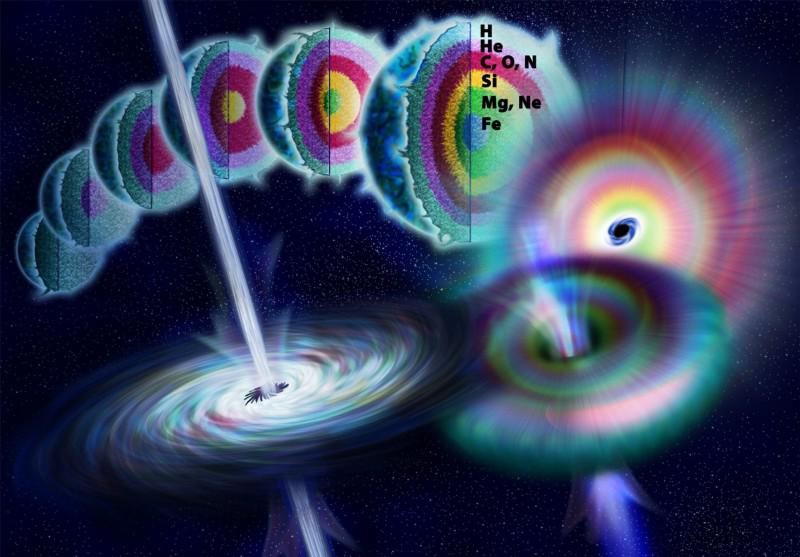
Below that threshold, you’ll only form a white dwarf when you’ve exhausted your core’s fuel.

But this oversimplifies a key aspect of stellar evolution: massive stars expel matter as they age.

Particularly in the later, giant stages of life, strong winds blow off their expansive outer layers.

NASA recently featured Wolf-Rayet star WR 124, touting it as a “future supernova” within the Milky Way.

Although the central star is ~30 solar masses, it’s already expelled at least 10 solar masses of material.
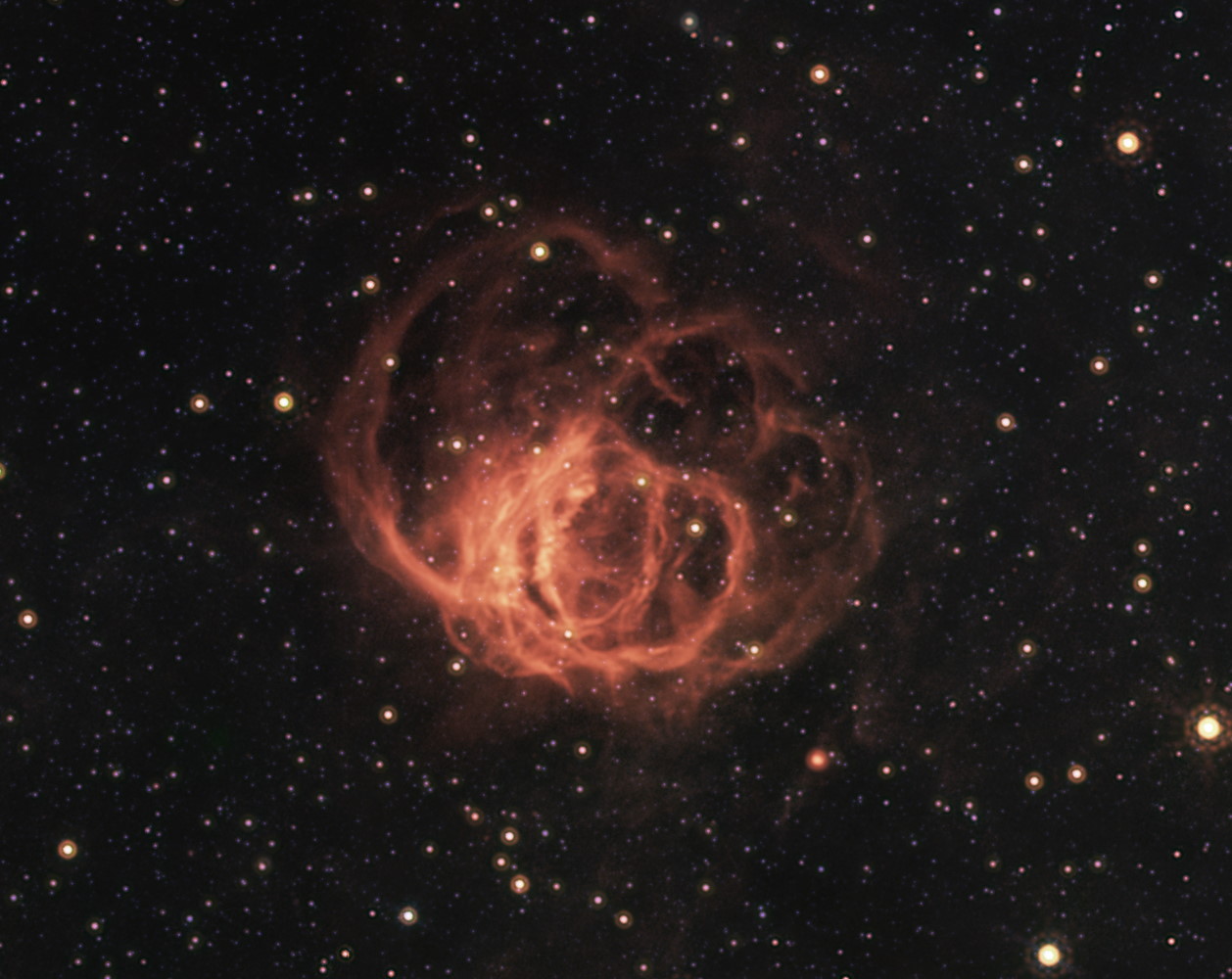
With no stellar hydrogen remaining, it’s already begun fusing heavier elements in its core.

But, like many Wolf-Rayet stars, it might not be ultimately destined for a supernova.

Many Wolf-Rayet stars lose too much mass over time, leaving a core that contracts to a white dwarf.
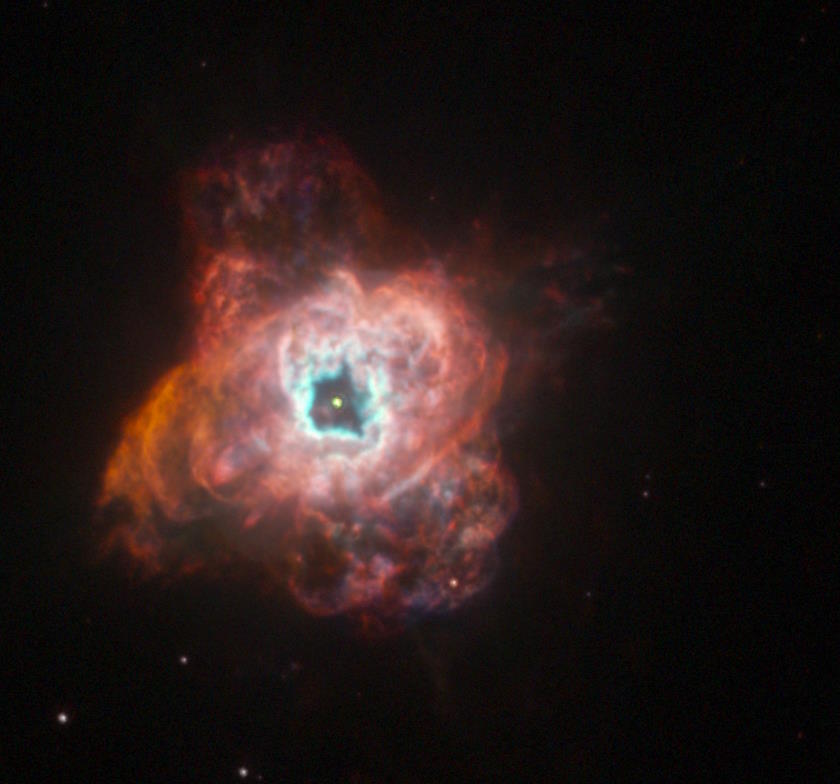
Numerous planetary nebulae possess Wolf-Rayet-like central stars.
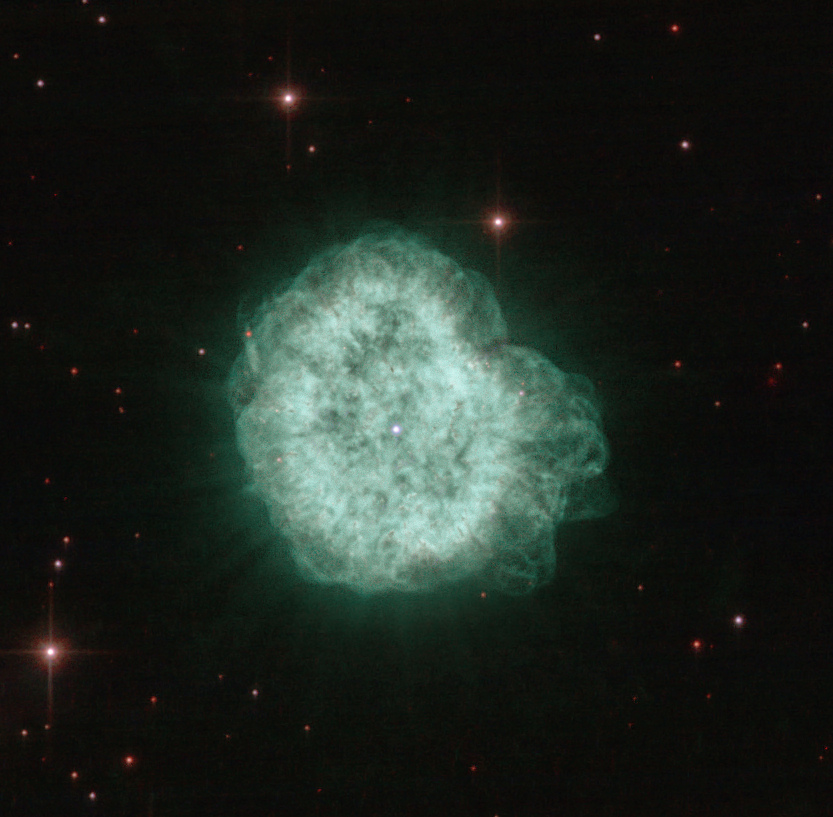
Other Wolf-Rayet stars will indeed collapse, but directly: into a black hole with no accompanying supernova.
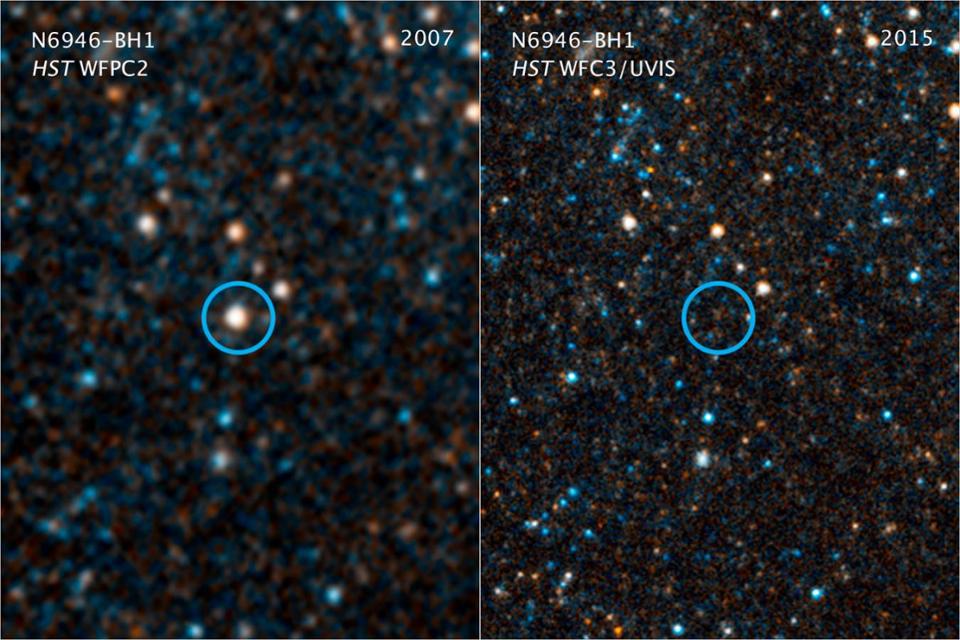
WR 124 isn’t done losing mass or evolving.
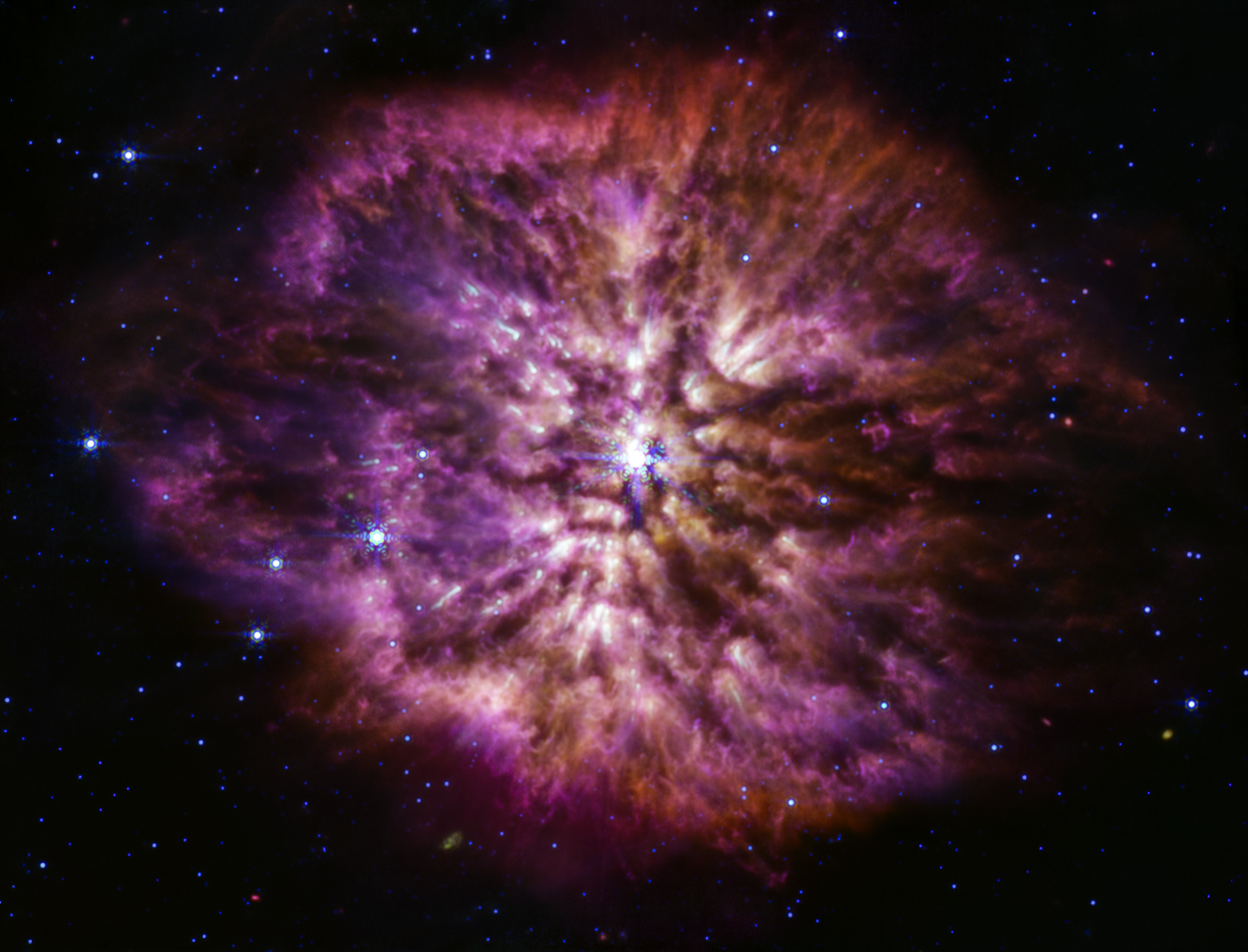
With direct collapse and extreme mass loss still possible, WR 124 might not ever go supernova.
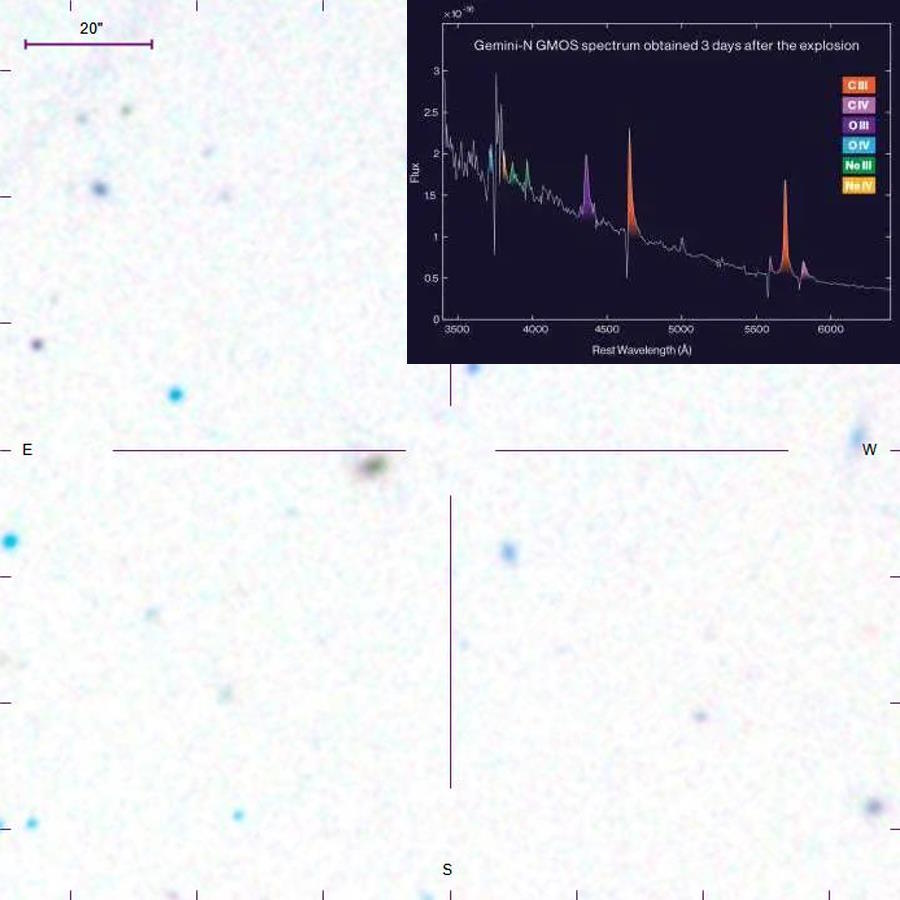
Mostly Mute Monday tells an astronomical story in images, visuals, and no more than 200 words. Talk less; smile more.
https://bigthink.com/starts-with-a-bang/nasa-wrong-star-supernova-fate/?fbclid=IwAR2u3SYhjJaJ3A6vovA5VIJ-OO0wAe2l-Asr8kHIN2vPqT6KTEbJ_mZ0wZg
